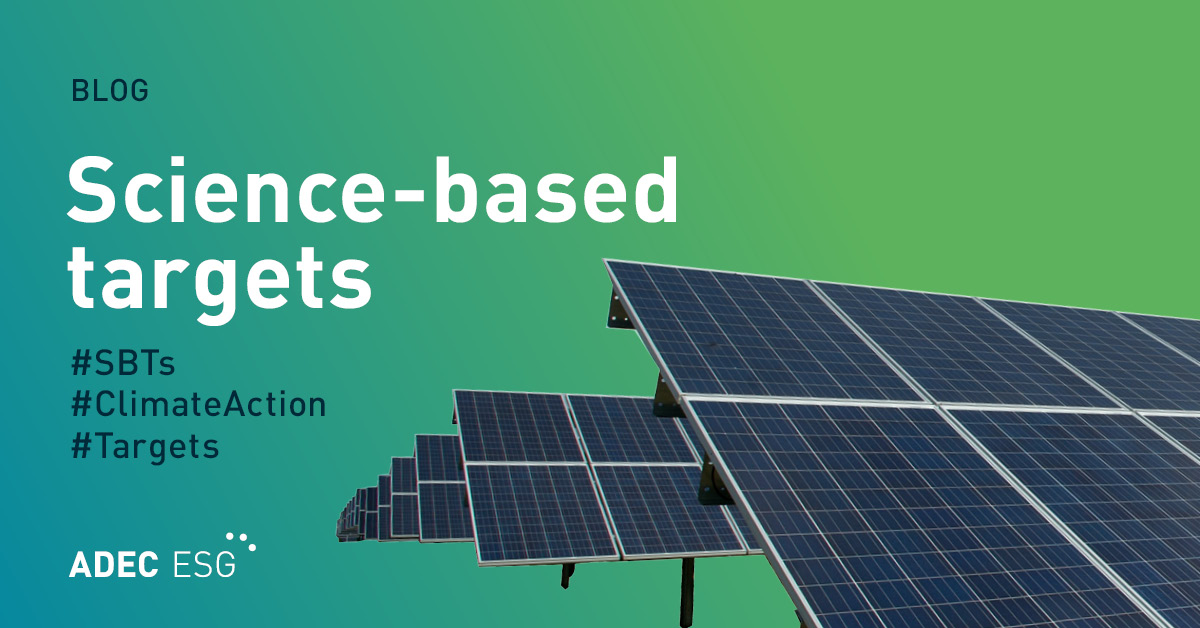Whether you’re just getting started on your Sustainability Journey or need to brush up on foundational terminology, our recent FAQs discuss pressing topics to help you better understand greenhouse gas (GHG) emissions and the issues that surround them.
What are greenhouse gases (GHGs)?
Greenhouse gases are compound gases that trap heat or longwave radiation in the atmosphere. They include carbon dioxide, methane, nitrous oxide, and fluorinated gases such as hydrofluorocarbons, perfluorocarbons, and several others. The primary sources of GHGs generated through human activities are transportation, electric power, and industrial processes. Developing a GHG inventory is an important step in understanding your climate-related risks and creating a plan to mitigate those risks.
Carbon dioxide accounts for the vast majority of GHGs emitted through human activities and is often the most talked about. Topics such as decarbonization, planning for a low-carbon transition, carbon accounting, and carbon-related risks are hot-button issues everywhere, from legislative floors to executive boardrooms. In 2021, the Biden administration set a target to reduce economy-wide GHG emissions by more than 50% in 2030, compared with 2005 levels. Organizations such as the Science Based Targets Initiative (SBTi), CDP, and the Task Force on Climate-related Financial Disclosures (TCFD) also focus on GHG mitigation and risk in their standards and guidance. Read more here.
What are ESG key performance indicators (KPIs)?
Setting appropriate KPIs can make or break your ESG programs. They set the groundwork for your ESG data management systems; they should support tracking progress toward your ESG targets and help define your sustainability strategy as a whole. As with anything ESG-related, there is no one-size-fits-all solution, and your tracked metrics should be specific to your company and your goals.
That said, there are plenty of tools to get you started. Frameworks created by groups like CDP, the Sustainability Accounting Standards Board (SASB), the Global Reporting Initiative (GRI), and other international organizations are useful starting points to help guide what metrics you should be tracking. Consider your organization’s goals, values, and material topics, and ask yourself the following questions:
- Why are we tracking this metric?
- What does this KPI say about our risk management, due diligence, and risk or climate awareness?
- Are the success criteria for this KPI consistent from year to year?
- Does this KPI provide clarity and context to our broader sustainability-related and business-related goals? Does it contribute to our overall sustainability narrative?
What is decarbonization?
Simply put, decarbonization is a reduction of carbon emissions. It is the first step on the journey to a low-carbon economy and, for some organizations, reaching net-zero emissions.
There is a strong push toward decarbonization, as the effects of climate change—and the risks that come with them—come into full view. Investors, government regulators, global organizations, and ESG reporting frameworks are turning keen eyes toward the ways companies are managing carbon-related risks through short- and long-term planning as well as clear and accurate carbon accounting.
While new and innovative methods to achieve decarbonization are developed every year, strategic decarbonization starts with careful planning and analysis. What are your key emission sources? How can you develop strategies to prioritize and address each source? Are your decarbonization goals integrated into your organizational values? Have you defined detailed steps for implementation? Are you planning for future regulatory changes?
What is an internal price of carbon?
An internal carbon price is a value that a company voluntarily sets to internalize the cost of its GHG emissions. It is a useful tool for informing decision-making and risk management, and setting a price on carbon can help companies assess the financial implications of their carbon emissions.
Internal carbon pricing typically takes one of three forms:
- a shadow price, or the estimated value of carbon to encourage low-carbon investment or cut back on high-emission sources;
- an implicit price, which is based on the cost of implementing emission reduction projects;
- or an internal carbon fee, the market value of each ton of carbon, agreed upon by all departments in an organization.
ADEC ESG Solutions is your resource no matter where you are on your Sustainability Journey. To stay current on pressing GHG and other ESG-related topics, sign up for our monthly newsletter, GreenWatch, today.




